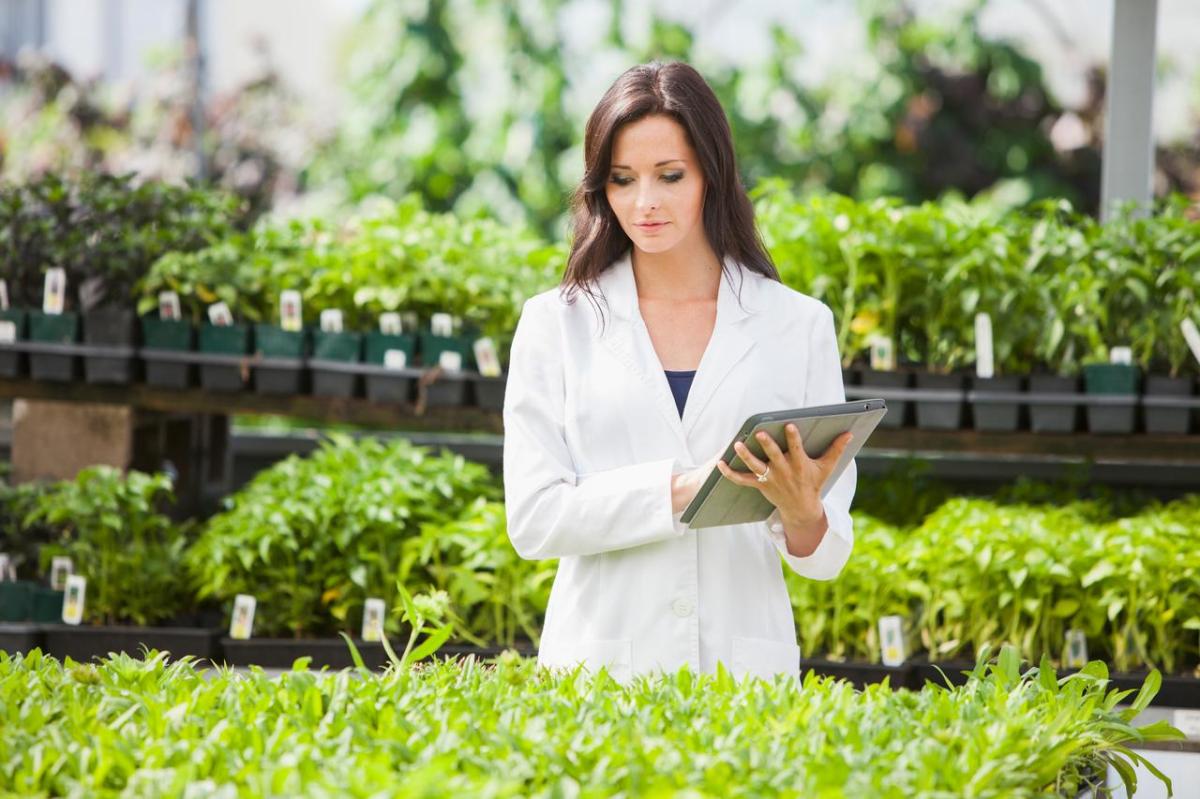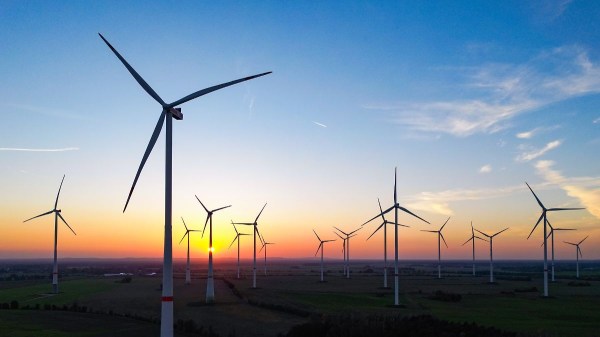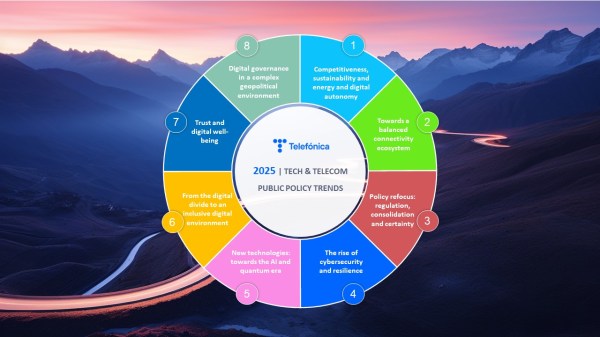Green technologies are a vital part of the 2030 Agenda and the Sustainable Development Goals (SDGs) set by the UN. There are a total of 17 points covering numerous areas of intervention to “end poverty, protect the planet and improve the lives and prospects of people around the world”. These types of green technologies cut across virtually all of the SDGs, such as achieving clean water and sanitation (Goal 6), Affordable and clean energy (Goal 7), Climate action (Goal 13) or Life of terrestrial ecosystems (Goal 15).
According to the official UN website, green technologies are those that “are used to produce goods and services with lower carbon emissions”. A large part of the responsibility for the climate change we are suffering on our planet is due to the production of energy through the burning of fossil fuels in order to obtain electricity and heat. We refer to fossil fuels when we talk about, for example, coal, oil and gas, which are responsible, according to UN figures, for more than 75% of all global greenhouse gas emissions, and, attention, almost 90% of all carbon dioxide emissions.
7 green technologies that could change the world
Green technologies could reduce these emissions, conserve and preserve the planet’s natural resources and minimise the generation of waste and pollutant emissions. The website Earth.org (an association created to “Drive social change so that life can be sustainable on this planet”) gives as an example these seven green technologies that could help reduce climate change.
1.- Vertical farming
As the name suggests, in vertical farming, crops are stacked vertically. This maximises space and production. In this way, crops require less soil (or none at all: imagine a block of flats: people are housed vertically and the soil is utilised). This technology can be easily integrated into buildings and cities, as well as into shipping containers.
A practical example of this type of agriculture can be found in the giant ECO 1 indoor farm, manufactured by Crop One Holding and Emirates Fight Catering in Abu Dhabi: it is said to use 95 % less water compared to conventional agriculture, and will guarantee a production of three tonnes of vegetables per day.
2.- Carbon Capture
As the name suggests, this is a large facility that captures carbon dioxide and then stores it underground, where it will be turned into stone. Currently, Iceland is home to the Orca direct air capture plant, the largest in the world: it can trap around 4,000 tonnes of carbon dioxide a year.
However, this energy lacks scalability and is currently very expensive. However, there are companies that are giving this technology a different twist: Out of the Blue, a start-up whose mission is to remove CO₂ from the ocean, which is responsible for absorbing almost a third of the planet’s carbon emissions. This would be achieved by using a sponge-like material that absorbs carbon from the air and removes it through a heating process.
3.- Green buildings
Green buildings are designed and constructed to be self-sufficient, from energy production to their water system. Many buildings already have solar panels for both electricity and heat production. These panels have two sides: the front side produces electricity and the back side produces hot water. In addition, these types of buildings have windows with adequate insulation to reduce heat loss.
4.- Electric vehicles
The future was not flying cars, as the fertile images of science fiction creators thought, but electric cars. The electrification of transport is undoubtedly the best known example of green technology we can show you. The main challenge presented by this type of innovation is the manufacture of lithium batteries, which require the extraction of numerous raw materials such as lithium and cobalt: the process not only wastes large amounts of energy and water, but often involves even children in deplorable conditions.
5.- Biofuel from algae
As the name suggests, this is a fuel created from marine algae such as phytoplankton and macrophytes, which are converted into oil in a machine called a photobioreactor. The production of biofuel from algae has now been shown to be more cost-effective and take up less space than other biofuels, such as ethanol and biodiesel, which come from crops such as wheat, corn, soybeans or sugar cane.
The main challenge of this type of green technology is that it is not at all affordable at the moment. In their favour, they do not require large amounts of arable land to grow and they grow at a faster rate than conventional biofuels.
6.- Waste electricity generator
A green technology that can greatly help life on our planet is the reuse of waste and wastewater to generate electricity. One simple method is to burn the waste and use the heat generated to produce steam, which powers an electric turbine, generating electricity. However, as you may have already deduced, this procedure can generate harmful emissions and toxic gases.
Another method is to distil the water from heating sewage sludge and then burn the biofuel to make the turbines generate electricity. This process can produce more than 750 litres of water per tonne of sludge. Engineers at Oregon State University are also developing a hybrid electricity generator that uses wastewater to produce electricity.
7.- Plastic roads
A road in Accra, the capital of Ghana, has a mixture of used plastics under the pavement, originally destined for landfill. This jumble of bags, bottles and all kinds of plastic could be one of the great solutions to the waste of this environmentally damaging material.
Plastic roads first appeared in India 20 years ago and are now being tested in more and more countries. There are already more than 95,000 km of plastic roads in the Asian country. More and more studies are showing that plastic roads are just as efficient, if not better, than traditional roads: they can be more durable and stronger, tolerate large temperature changes and are more resistant to water damage, cracks and potholes.
And not just for road paving: plastic has also been used for the construction of two 30-metre stretches of cycle paths in the cities of Zwolle and Giethoorn in the Netherlands, the world’s first recycled plastic.







